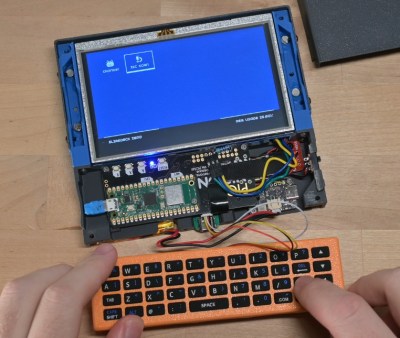Vehicle-to-grid (V2G) has been hailed as one of the greatest advantages of electrifying transportation, but has so far remained mostly in the lab. Hoping to move things forward, the National Electrical Manufacturers Association (NEMA) has released the Electric Vehicle Supply Equipment (EVSE) Power Export Permitting Standard.
The new standards will allow vehicle manufacturers and charger (EVSE) suppliers to have a unified blueprint for sending power back and forth to the grid or the home, which has been a bit of a stumbling block so far toward adoption of a seemingly simple, but not easy, technology. As renewables make up a larger percentage of the grid, using the increasing number of EVs on the road as battery backup is a convenient solution.
While the standard will simplify the technology side of bidirectional charging, getting vehicle owners to opt into backing up the grid will depend on utilities and regulators developing attractive remuneration plans. Unfortunately, the standard itself is paywalled, but NEMA says the standard “could put money back in electric vehicle owners’ pockets by making it easier for cars to store energy at night or when turned off and then sell power back to grids at a profit during peak hours.”
We’ve covered some of the challenges and opportunities of V2G systems in the past and if you want something a little smaller scale, how about using a battery that was once in a vehicle to backup your own home?




















